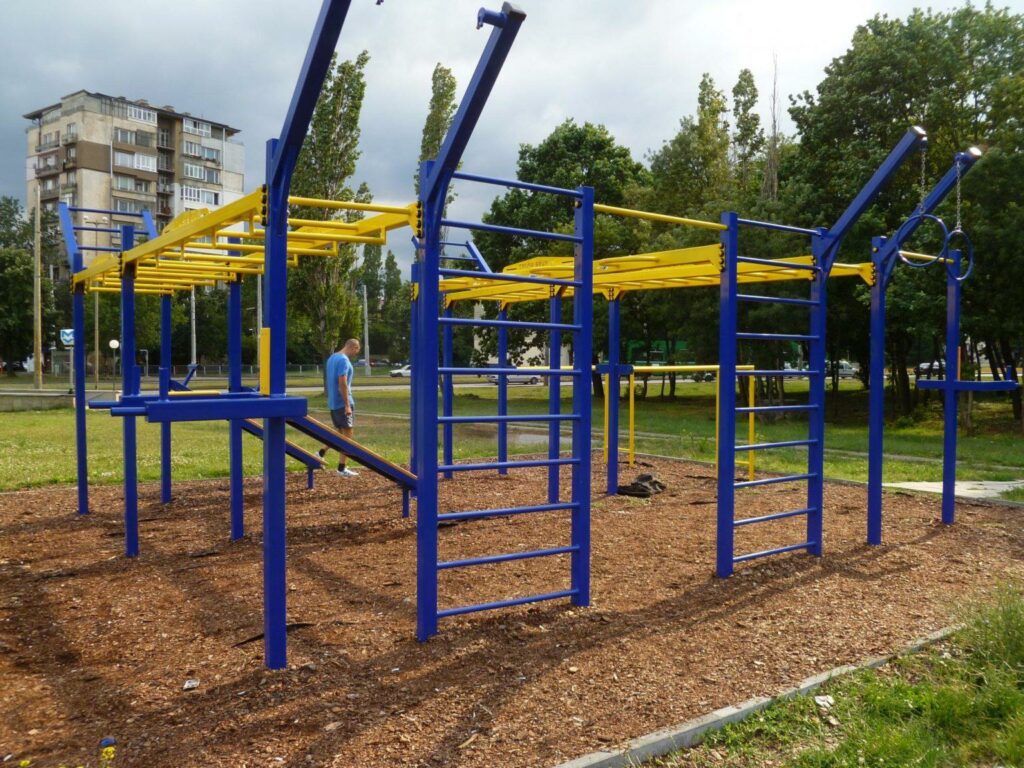
Tips for Doing Dead Hang Exercise
Even though the dead hang is a simple exercise to master, there are a few faults that should never be performed. To ensure you obtain the finest outcomes from this activity, here are a few suggestions and things to stay away from.
- Thus, “dead hang,” as our arms must be DEAD straight. You’re doing it incorrectly if your elbows are bent.
- Avoid holding tension in your lats.
- For this exercise to be effective, your upper body must be completely relaxed. This ties along with the previous point: odds are that if you’re bending your arms, you’re also working your lats.
- Hold motionless.
- The dead hang is no longer a dead hang if you’re moving around or fidgeting. Got it? Dead.
- Keep your breath in check.
- As with any physical activity, breathing supports and enhances movement. Concentrated breathing can help your body relax into the hang and will also help the blood circulate.
- Overdoing it will have a negative impact.
- This workout shouldn’t be done as frequently and for as long as you can.
- It is advised that you practice the dead hang up to three times per week for three or four sets at 50% to 75% of your maximum hang time.
Add a Swing
Adding a swing to your hang can enhance the intensity, engage different muscles, and provide some variety to your hanging technique. Hanging in a stationary posture has several advantages as well. begins with two basic hanging swings that serve as the building blocks for more difficult climbing techniques:
- side to side
- front to back
Side to side swing
Start by hanging actively while using an overhand grip. To one side, lift your hips and legs. Allow gravity to swing you to the opposite side by bringing your lower body back down. You should only use your lower body to swing; no other part of your body should be used.
Try adding this small modification to your hanging swings as well: lift your left hand off the bar when your legs swing to the left, and your right hand off the bar when they swing to the right. This is the motion that starts you off on your sideways bar traversal.
Forward and backward swing
Start with a dynamic hang. Forward-swinging hip and leg movements Allow gravity to pull your lower body backward and downward. Once more, your lower body should produce all the momentum. By raising your legs off the ground such that they are parallel to the floor, you can stop your swing. Or you could let off at the peak of the forward swing and dismount like a badass.








